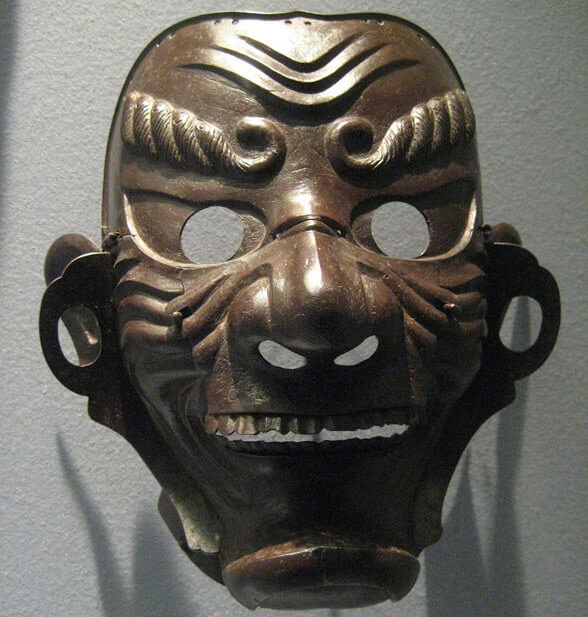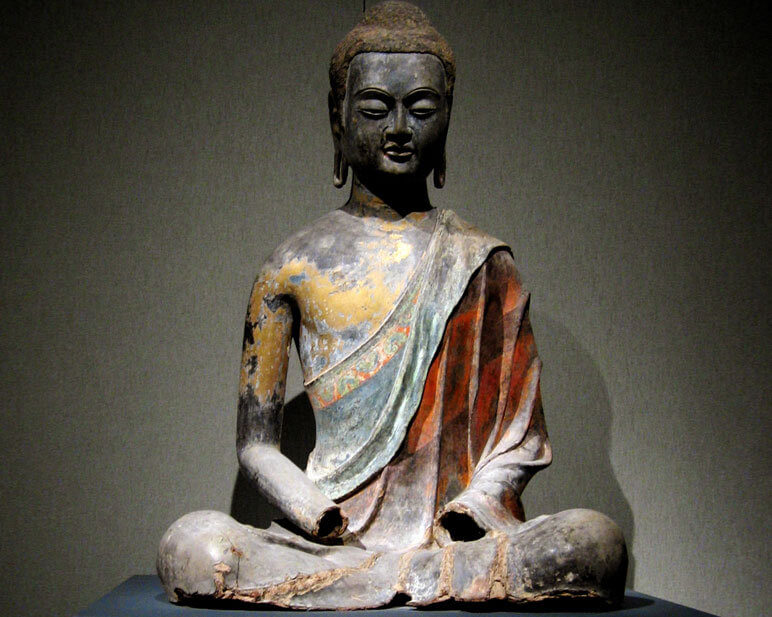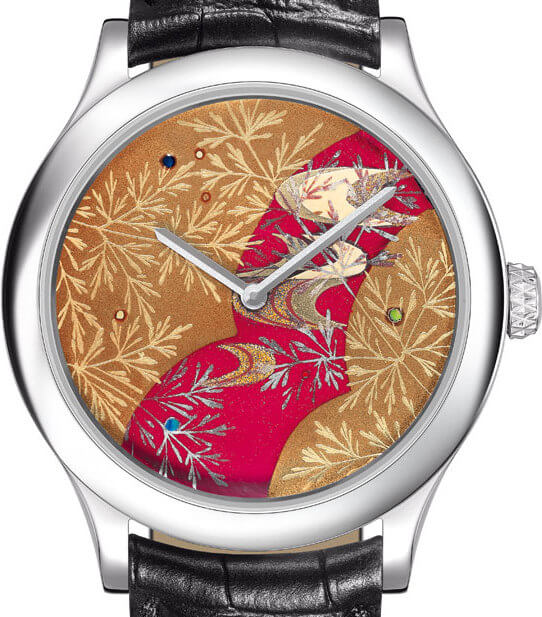These lines, taken from A Natural, Civil and Ecclesiastical History of Japan, published in 1727 by Engelbert Kaempfer, a German physician travelling in Japan, and which Vacheron Constantin has borrowed to present La Symbolique des Laques, shows just how deeply-rooted these techniques are in local traditions. Archaeologists have uncovered lacquered utensils dating from the Neolithic age, circa 6000 B.C.
Lacquer has continued to develop since these ancient origins, first in China then in Japan, heir to a tradition which it would elevate to a new level of beauty. “Lacquer’s importance to the Japanese economy is attested by the Taiho Code (Japanese constitution) of 701, which provided for the creation of a Lacquer Bureau within the Department of Finances. This office required aristocrats to plant lacquer trees on their properties and pay part of their taxes in lacquerware,” explains Vacheron Constantin. The methods used today are variations or improvements on the seven lacquer techniques which date from this time. Ceramic was not yet widespread in these regions, and so utilitarian objects were made primarily from wood, an ideal base for lacquer.

An export industry
The first contacts between Japan and the West were made by Portuguese and Spanish Jesuits during the first half of the sixteenth century. These same missionaries who introduced Japan to the first European clocks were behind the first exportation of Japanese lacquerware to the West. The European aristocracy developed an infatuation with lacquered pieces, creating a true export industry in Japan with products specifically tailored to western tastes. In Europe, studies and drawing rooms decorated entirely with lacquer furniture were all the rage. One of the most famous lacquerware collections is that of Queen Marie-Antoinette (1755-1793), which she had inherited from her mother, Maria-Theresa of Austria (1717-1780).
Since then, lacquer has become more democratic and, despite two hundred years of insular politics ending in the second half of the nineteenth century, Japan’s pride in its lacquer has never waned. It is perhaps foreign enthusiasm for these traditional techniques that has ensured first their survival, then their revival in pieces that continue to dazzle today.















